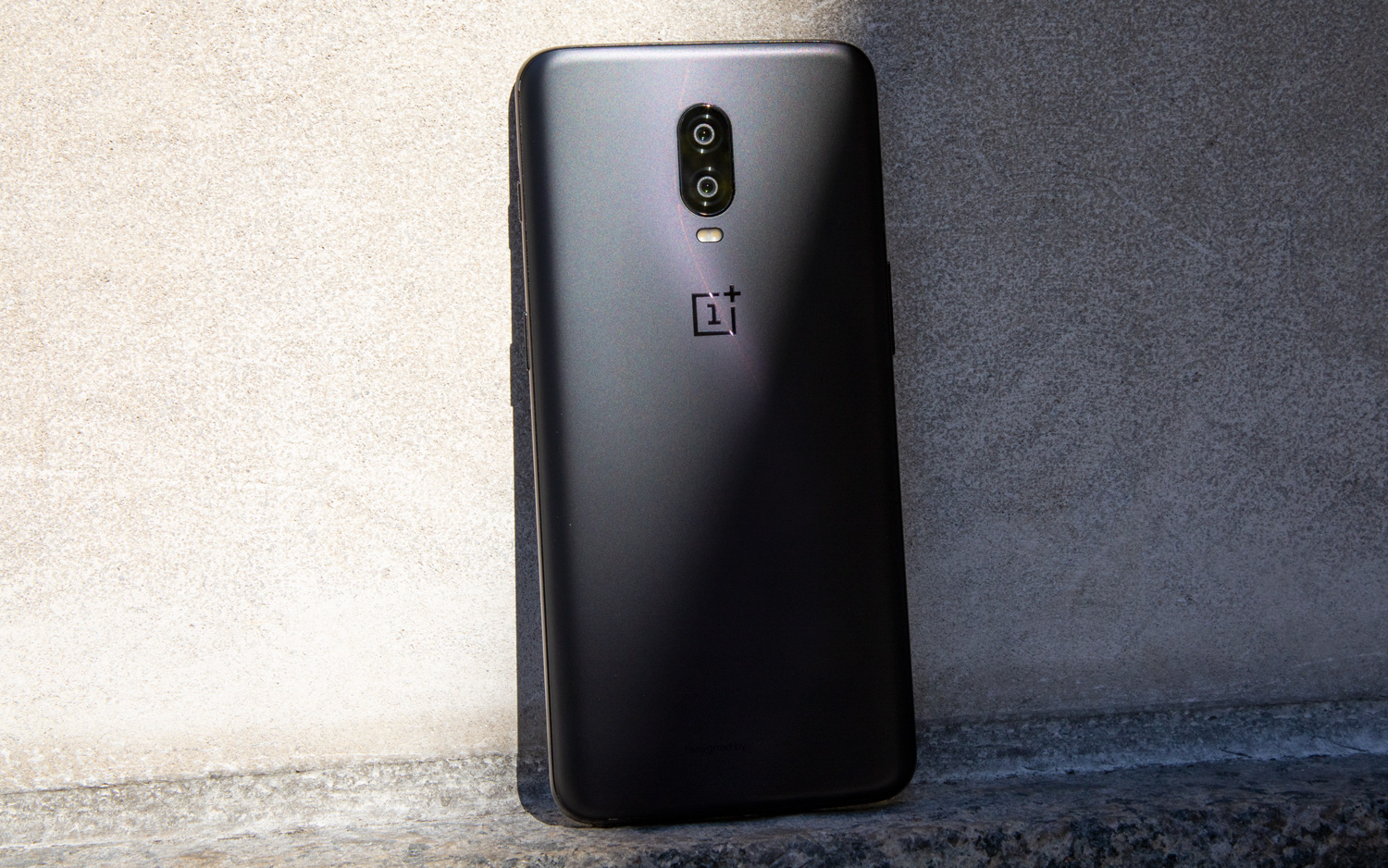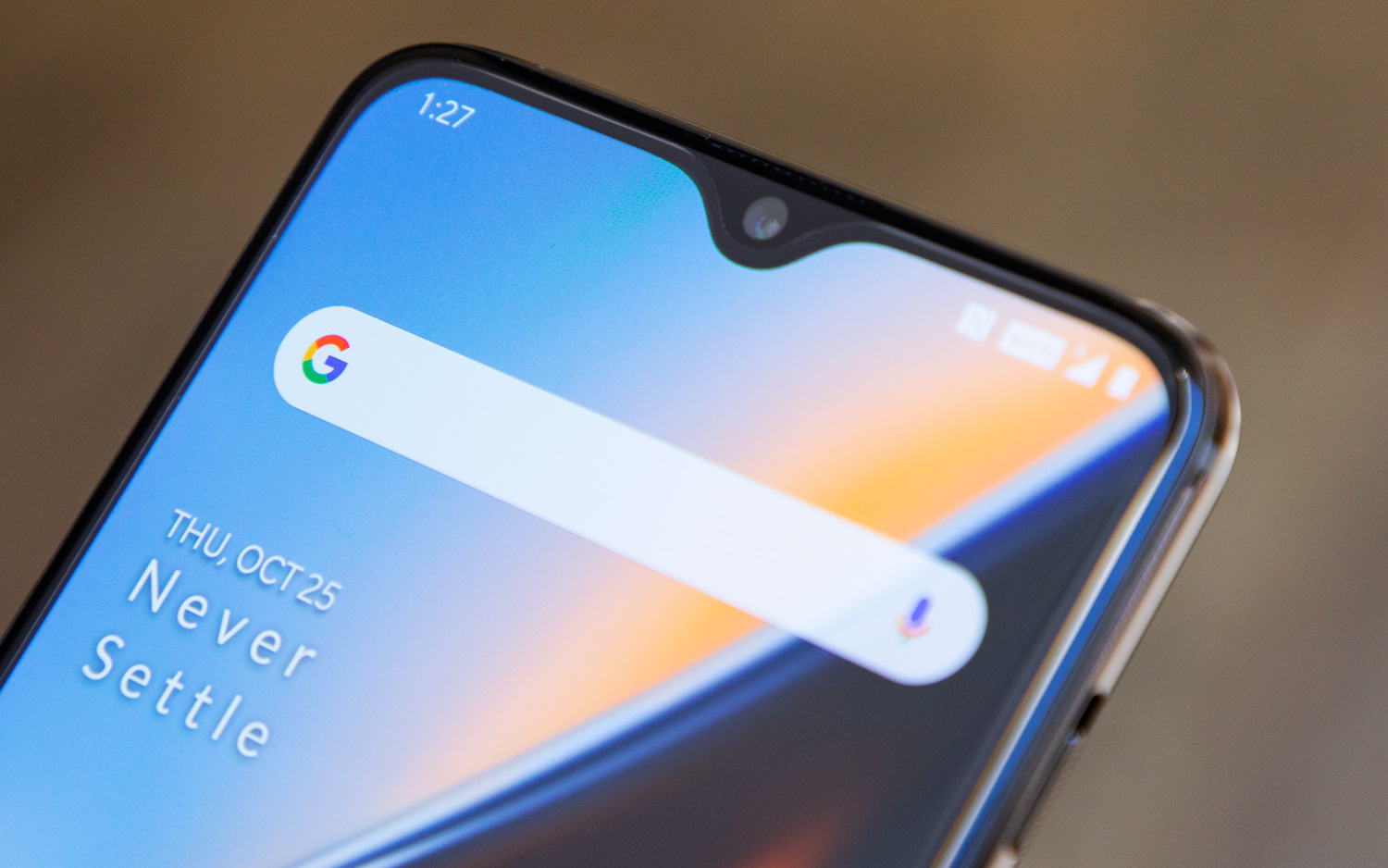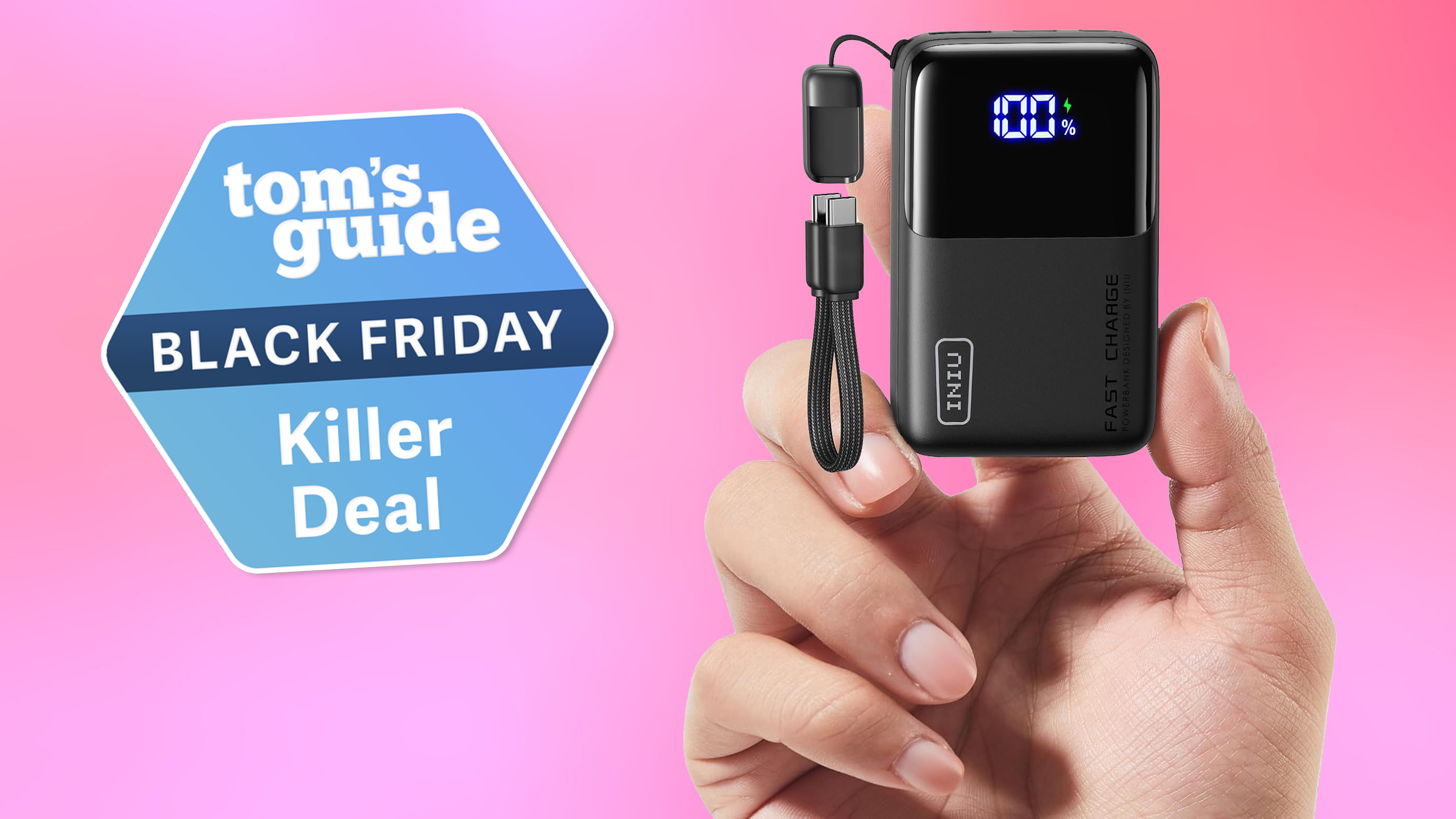The OnePlus 6T Is a Great Value, But What Are the Trade-Offs?
The OnePlus 6T’s premium features and lower price tag makes it a compelling alternative to pricier flagships, but you need to make some sacrifices.

It's no mystery why OnePlus's smartphones generate such interest from people. The phone maker has come up with a winning proposition: we'll give you the kinds of features you'd find in flagship phones from Apple, Samsung and others, but for hundreds of dollars less.
That approach continues with the newly released OnePlus 6T. With its starting price of $549, the OnePlus 6T costs $450 less than what Apple and Samsung charge for the iPhone XS and Galaxy Note 9, respectively. And that lower price tag doesn't involve too many trade-offs: You'll get the same toop-of-the-line Snapdragon processor in the OnePlus 6T that you'll find in the Note 9, along with dual rear cameras, an expansive OLED screen and other premium features.
But that's not to say you won't make any trade-offs. As with any decision in life, figuring out if you should buy a OnePlus 6T involves weighing pros and cons — and deciding if those cons are ones you can live with.
If you're considering a OnePlus 6T, here's a closer look at what you may have to sacrifice in exchange for that lower price, as well as a reminder of what you get in return.
OnePlus 6T trade-offs
As good a phone the OnePlus 6T is — and we think it's the best value among currently available smartphones — you can still expect to give up some features relative to other flagship devices.

There are better camera phones: The 16- and 20-megapixel rear cameras on the OnePlus 6T are certainly capable of capturing great shots. And OnePlus has made software improvements that make the 6T better at capturing photos in low-light settings. Still, when we pit the OnePlus 6T against other flagship phones with pace-setting cameras, OnePlus's device usually comes up short.

The Pixel 3 — currently the best camera phone available — took better pictures in low light and produces far superior portrait shots. The Note 9 also handles low-light photos better than the OnePlus 6T, while the iPhone XR needed just a single lens to produce more detailed shots.
Get instant access to breaking news, the hottest reviews, great deals and helpful tips.
The OnePlus phone can produce decent shots most of the time (though its portrait mode could still use some fine-tuning), but if you consider the camera to be the most important feature in a smartphone, there are better options than the 6T.
Not all OLED screens are created equal: The OnePlus 6T uses an OLED panel, so you can expect vibrant colors and true blacks when you stare at that 6.4-inch display. And the phone's screen compares favorably to the more expensive Pixel 3: both phones are comparably bright and render colors with roughly the same degree of accuracy.

Stack up the OnePlus 6T against more expensive phones like the iPhone XS Max or Note 9, though, and you'll notice a difference. In the case of the Note 9, for example, we found Samsung's phone had sharper resolution and better viewing angles; the 6T's display looked washed out and cooler by comparison. That doesn't erase the $450 price difference on its own, but the sharper displays on more expensive flagships is a difference worth noting when weighing the merits of the 6T.
MORE: The Best Cellphone Plans for Families and Individuals
FaceID is better: Since the OnePlus 5T, phones from OnePlus have supported Face Unlock, which uses the front camera on the phone to unlock your device. It's relatively speedy, but if you're comparing Face Unlock to Face ID on the latest iPhones, it's really no contest. (Of course, the 6T features a very cool fingerprint display embedded underneath its display, which we’ll discuss a bit later on.)

Because Face ID makes a 3D scan of your face, it's a more secure unlocking method. That also means you can use Apple's feature to confirm mobile payments. You can't use Face Unlock on the 6T in conjunction with Google Pay. It's a small trade-off that only matters if you're debating between an iPhone and a device from OnePlus, but it's still an area where the 6T isn't as fully featured as the competition.

Durability: Since we're paying more for smartphones these days, we want to make sure those phones aren't waylaid but whatever life throws at them. Many phone makers recognize this, as Apple upped the water-resistance rating on the iPhone XS and XS Max so that those phones can survive a dip in 2 meters of water for up to 30 minutes. The Note 9 has similar durability, as do the latest Pixels.
The 6T cannot make that claim. Instead, it's merely splash-resistant, meaning the 6T can survive a few raindrops, but it's unlikely to fare too well if you drop it in a puddle. That's something the more butterfingered among us need to keep in mind.

No wireless charging: OnePlus switched to a glass design with the OnePlus 6 earlier this year, but neither that model nor the 6T supports wireless charging. That might not be a big deal to users who don't want to buy a wireless charging pad or stand in addition to their new phone, but it's a decision that leaves the 6T on the outside looking in at phones from Samsung, Apple and Google that can all charge without a cable.
Where's the headphone jack?: The OnePlus 6T isn't the only phone to get rid of the 3.5mm headphone jack. Apple dropped the headphone jack two years ago, and Google's Pixel phones are also free of the feature. Flagships from Samsung and LG are among the holdouts that still offer users the convenience of an audio jack instead of forcing them to use headphones that work with their phone's charging port or (even worse) invest in a dongle. But OnePlus was so adamant about keeping the headphone jack up until the 6T's release, it's an omission worth noting.
What the OnePlus 6T delivers
In spite of those trade-offs — some of which you may find more significant than others — the OnePlus 6T still offers plenty of value. And that's because OnePlus made very few compromises when it comes to delivering a less expensive phone with premium features.

As noted above, the 6T runs on the same Snapdragon 845 chipset you'll find in other leading Android phones. And OnePlus makes the most of that mobile processor, turning in some of the best benchmarks for Android phones we've seen this year. That's in part because the unit we tested came with 8GB of RAM instead of the 6GB found in the $549 version of the 6T. But at $579, the 8GB OnePlus 6T with 128GB of storage still costs more than $400 less than a Note 9 or iPhone XS.
MORE: OnePlus 6T vs. Galaxy Note 9: Is Samsung's Flagship $450 Better?
The OnePlus 6T also has something those other flagship phones can't offer — a fingerprint sensor embedded under the display. Phones from Vivo and Xiaomi offer that feature, but not in phones that are available in the U.S. OnePlus beat bigger phone makers to the punch with an embedded fingerprint sensor in this country; more importantly, it did so with a sensor that's pretty reliable and fast in our testing. It's the best implementation of that technology we've seen so far.
You can also expect the same strengths in the 6T found in previous OnePlus models. The 6T has a clean interface courtesy of the Oxygen OS built by OnePlus on top of Android (and it's Android 9, the most recent version of Google's mobile OS, too). And the 6T supports the same Fast Charge technology that helped earlier OnePlus phones charge faster than other smartphones we've tested.
Add it up, and you can make a pretty compelling case of the OnePlus 6T, especially when you consider its lower price. At the end of the day, that might make any trade-off well worth it.
Credit: Tom's Guide
- OnePlus 6T vs. Pixel 3: Why OnePlus Beats Google at Android
- OnePlus 6T vs. OnePlus 6: What's Changed?
- 6 Reasons to Buy the OnePlus 6 (and 4 Reasons to Skip It)
Philip Michaels is a Managing Editor at Tom's Guide. He's been covering personal technology since 1999 and was in the building when Steve Jobs showed off the iPhone for the first time. He's been evaluating smartphones since that first iPhone debuted in 2007, and he's been following phone carriers and smartphone plans since 2015. He has strong opinions about Apple, the Oakland Athletics, old movies and proper butchery techniques. Follow him at @PhilipMichaels.

